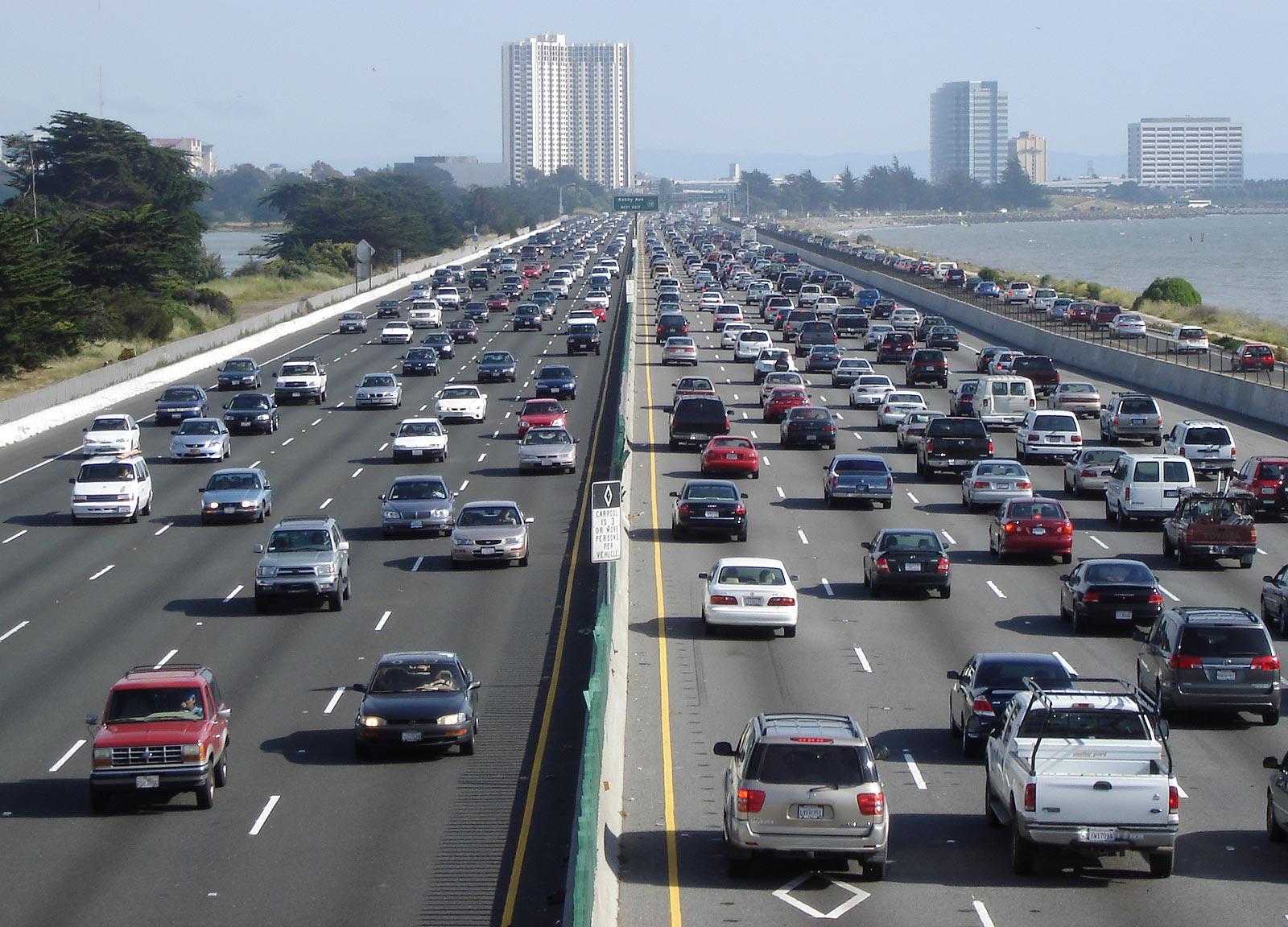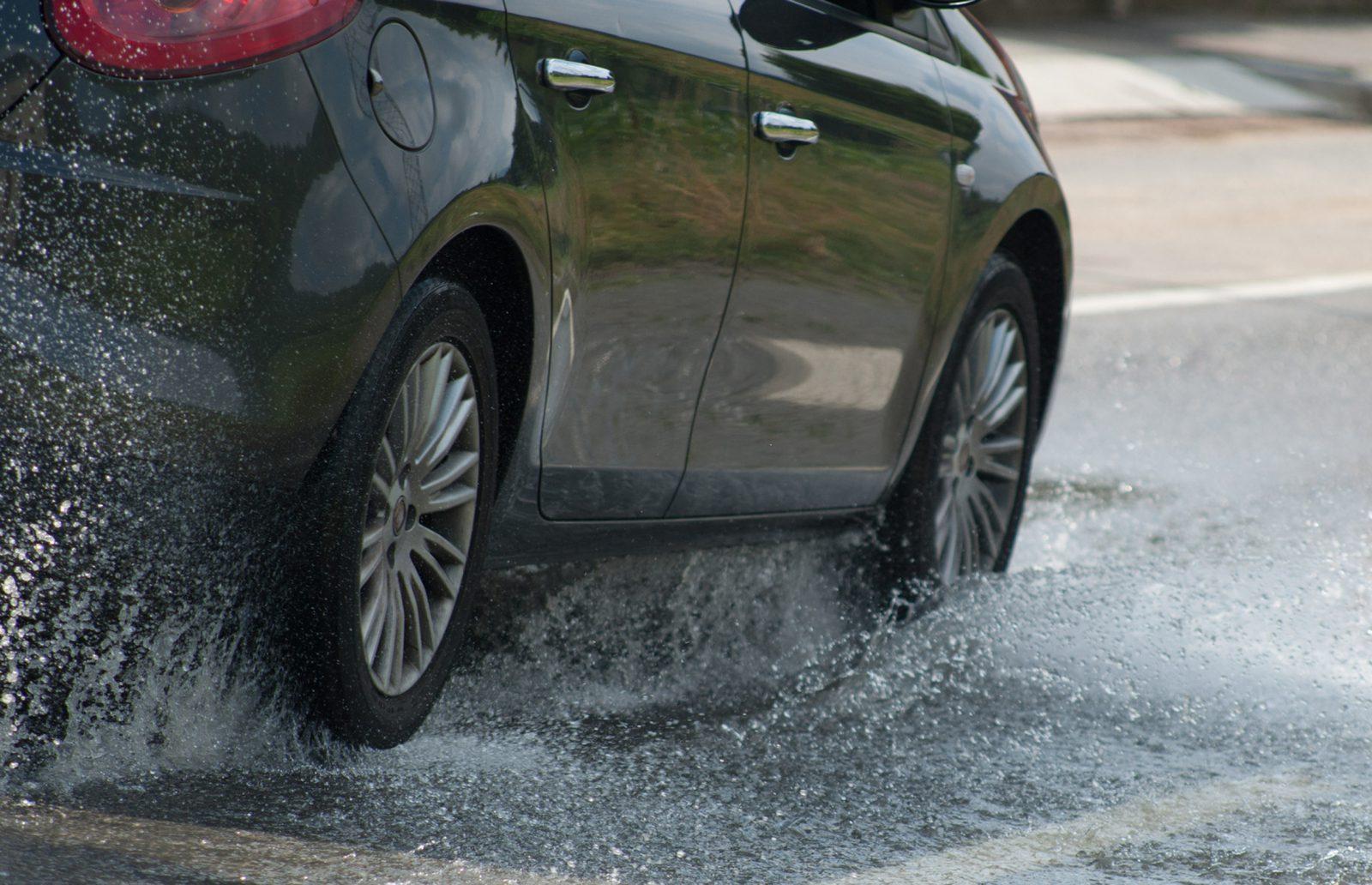Driving under bad weather conditions may be both frightening and dangerous. There are some bad driving habits that do not cause trouble when the road is dry, can become a really big problem when it’s raining. Thus, it’s important to know what are the wrong ways to drive in the rain and avoid them.
Contents
How to avoid wrong ways to drive in the rain?
No matter what conditions are, safety is always the most important thing when we are on the road. Here are some most common wrong ways to drive in the rain people usually make you should get rid of and useful driving tips help keep you safe on the road.
1. Driving on the side of the road

Maybe sometimes the side is the only place you have to drive, especially when you are on a narrow one-lane road, and there is a long line of cars in the middle lane already. However, this is one of the wrong ways to drive in the rain. Because all roads are constructed to be slightly higher in the middle, it causes water to run off the middle and drains toward the edges. Therefore, if you drive toward the side of the road, you might have to drive through standing water or puddles that are quite dangerous. Try to stay as close as possible to the middle of the road to avoid car slipping and sliding in the rain.
2. Not turning headlights on or make them too bright

Drivers often assume that headlights are just for them. However, when it’s raining, headlights do not only help us see what’s going on but also help other drivers can see you. Hence, when driving in the rain, you should always keep your headlights on, even if it’s the middle of the day so that oncoming traffic can see you.
Nevertheless, do not make your headlights too bright. Do not blind other drivers by your high beams, they are already having enough trouble to find their way around in the rain. Moreover, the high beams are so bright that they can reflect off of the rain and actually lessen your own visibility.
3. Not leaving enough room to the ahead car
Another common wrong way to drive in the rain is staying too close to the car in front of you. In normal situations, you should always leave a three to four-second gap between your car and the ahead car. And you should increase this safe distance to at least five seconds when it’s raining. When you keep reasonable separation distance between cars, you do not only have more time to stop or adjust if necessary, but you also can avoid poor visibility caused by splashing water from other cars.
Tips: To determine how many seconds you are behind another car, pick a focal point that is parallel to the car in front of you, such as a building or road sign, then count the seconds it takes you to arrive at that same road point.
SEE MORE:
4. Using cruise control

Cruise control is a system that automatically controls the speed of a motor vehicle. It is very useful for long drives across highways and sparsely populated roads. Still, in rainy weather, cruise control is one of the common factors that can lead to hydroplaning, when your car tires skidding or sliding across a wet surface. Normally, when you ease on or off the accelerator, the weight of the car shifts slightly helps the tires maintain traction with the road. But with cruise control, because the speed of the car is constant, there is no weight shift, and the car can lose traction. So remember not to use cruise control when driving in the rain to avoid accidents.
5. Overreacting when emergencies happen

Some common emergencies usually happen when it’s raining are hydroplaning, or aquaplaning, and skidding. It happens when your tires are no longer able to push water out of the way, a small amount of water can slide between the road and your tires and lead to loss of traction. Although skidding or hydroplaning on the wed road is an extremely frightening experience, the tip here is not to be panic and keep calm to handle the situation. Do not overreact when the emergency happens, instead, ease your foot off the accelerator and never slam on the brakes. For hydroplaning, you should avoid turning the steering wheel and apply slow and gentle pressure to the brakes. If you start to skid, look the way you want to go and mildly steer in the determined direction while avoid braking.



